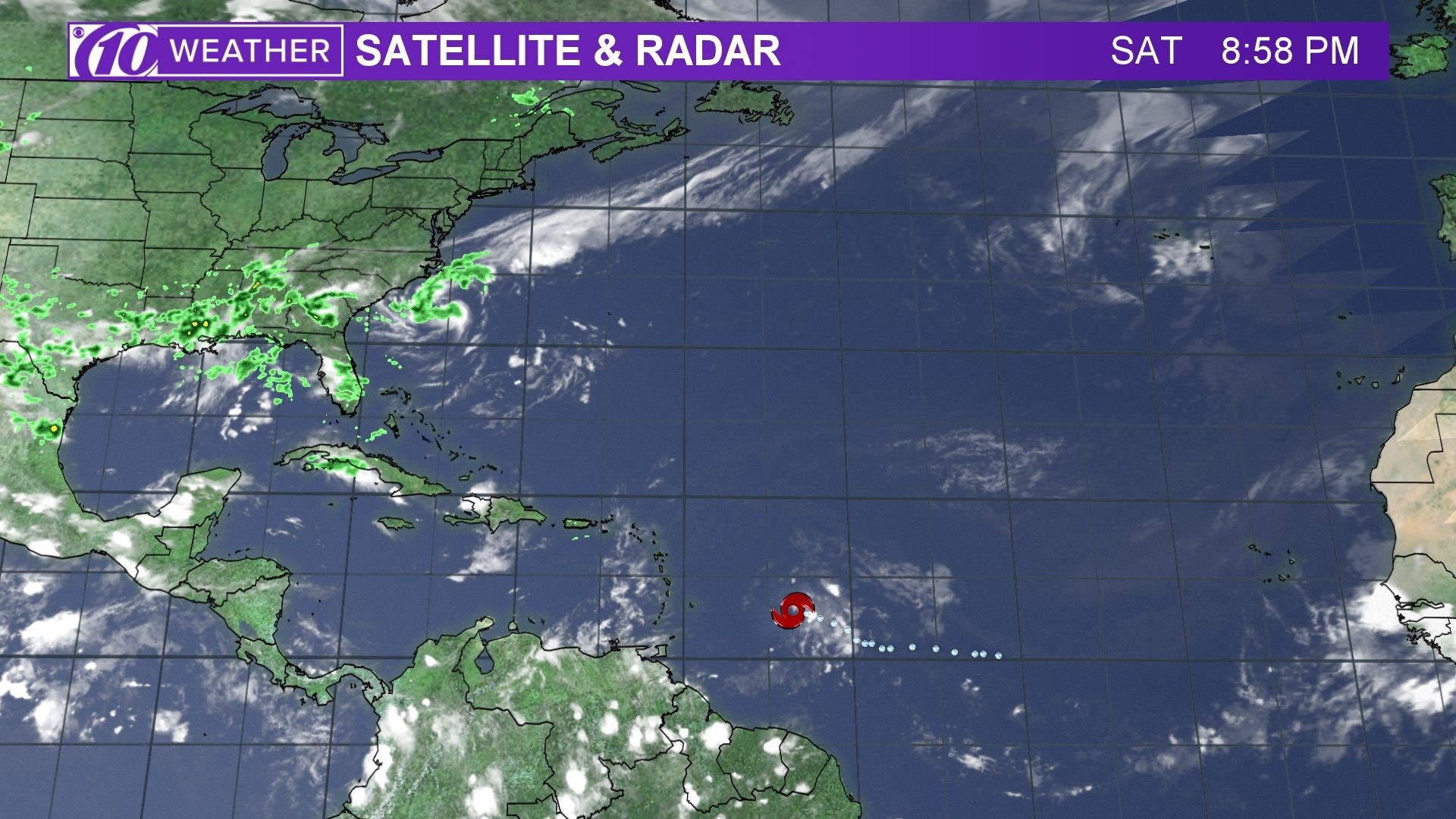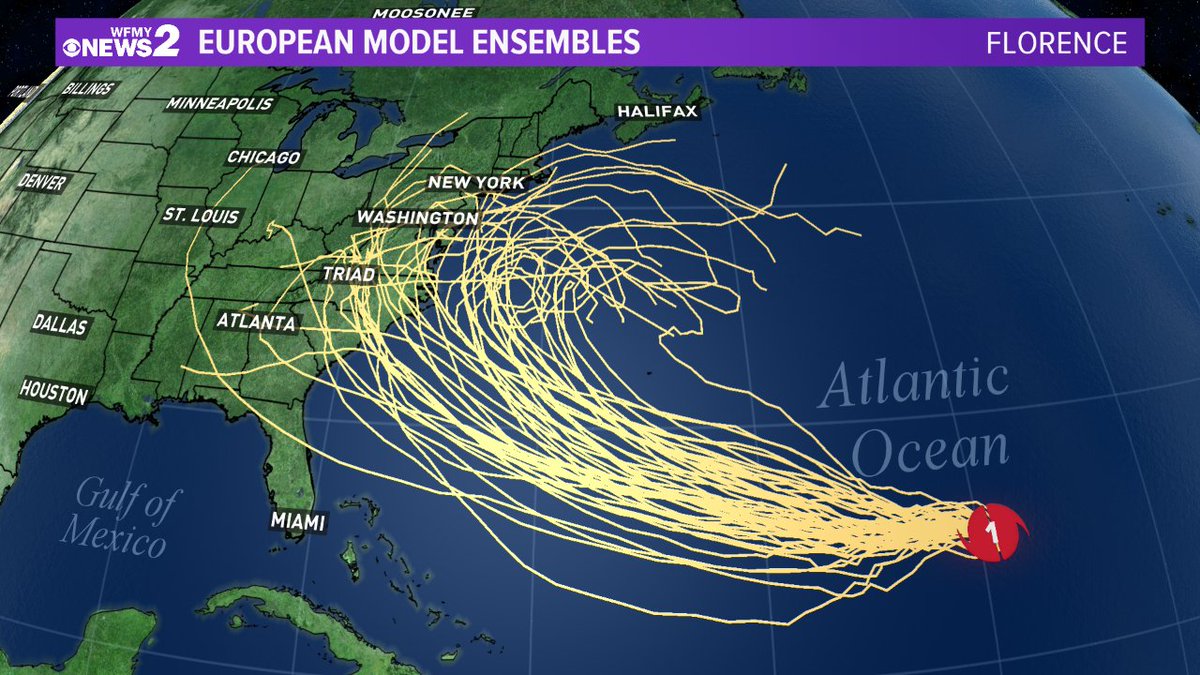Hurricane Beryl’s Path and Intensity Predictions

Hurricane beryl spaghetti models – Spaghetti models are a valuable tool for meteorologists to predict the path and intensity of hurricanes. They are a collection of computer simulations that show the possible paths a hurricane could take, based on different initial conditions.
Hurricane Beryl spaghetti models show a range of possible paths, but the beryl projected path indicates it will likely head towards the east coast. This is still subject to change, so it’s important to monitor the latest forecasts and heed any evacuation orders.
Beryl spaghetti models will continue to be updated as more data becomes available, providing a better understanding of the storm’s potential track.
Factors Influencing Accuracy
The accuracy of spaghetti models depends on several factors, including:
- The quality of the initial data used to run the models
- The accuracy of the computer models themselves
- The complexity of the storm system
Spaghetti Model Predictions for Hurricane Beryl, Hurricane beryl spaghetti models
The following table shows the predicted paths and intensities of Hurricane Beryl from different spaghetti models:
| Model | Predicted Path | Predicted Intensity |
|---|---|---|
| GFS | [Path description] | [Intensity description] |
| ECMWF | [Path description] | [Intensity description] |
| HWRF | [Path description] | [Intensity description] |
Historical Context of Hurricane Beryl: Hurricane Beryl Spaghetti Models

Hurricane Beryl is expected to follow a path similar to several notable hurricanes in the past. These historical storms provide valuable insights into the potential impacts of Beryl on affected areas.
Previous Hurricanes with Similar Paths
- Hurricane Ivan (2004): Ivan followed a similar path to Beryl, making landfall in Alabama and causing widespread damage along the Gulf Coast.
- Hurricane Katrina (2005): Katrina also followed a path similar to Beryl, devastating New Orleans and surrounding areas.
- Hurricane Rita (2005): Rita followed a path slightly west of Beryl’s predicted path, making landfall in Texas and causing significant damage to coastal areas.
Impacts of Historical Hurricanes
The historical hurricanes that have followed similar paths to Beryl have had devastating impacts on affected areas. These impacts have included:
- Widespread flooding: Heavy rainfall from these hurricanes has caused extensive flooding, damaging homes, businesses, and infrastructure.
- High winds: Strong winds from these hurricanes have caused significant damage to buildings, power lines, and trees.
- Storm surge: Storm surge, a wall of water that accompanies hurricanes, has caused severe damage to coastal areas, destroying homes and businesses.
Timeline of Historical Hurricanes
The following timeline illustrates the historical occurrences of hurricanes with paths similar to Hurricane Beryl’s predicted path:
- 1969: Hurricane Camille makes landfall in Mississippi, causing widespread damage.
- 1985: Hurricane Elena makes landfall in Mississippi, causing significant damage to coastal areas.
- 2004: Hurricane Ivan makes landfall in Alabama, causing widespread damage along the Gulf Coast.
- 2005: Hurricane Katrina makes landfall in Louisiana, devastating New Orleans and surrounding areas.
- 2005: Hurricane Rita makes landfall in Texas, causing significant damage to coastal areas.
Potential Impacts of Hurricane Beryl

Hurricane Beryl has the potential to bring significant impacts to coastal communities along its predicted path. These impacts include storm surge, flooding, and wind damage.
Storm surge is a rise in sea level caused by the strong winds of a hurricane. Storm surge can cause flooding and damage to coastal property. Flooding can also occur from heavy rainfall associated with a hurricane. Wind damage can occur from the strong winds of a hurricane, which can damage buildings, trees, and power lines.
Vulnerabilities of Different Areas
The vulnerabilities of different areas along Hurricane Beryl’s predicted path vary depending on a number of factors, including the elevation of the land, the presence of natural barriers such as barrier islands, and the density of development.
Areas that are low-lying and have few natural barriers are more vulnerable to storm surge and flooding. Areas that are densely developed are more vulnerable to wind damage. The most vulnerable areas along Hurricane Beryl’s predicted path include the coastal communities of Belize City, Belize; Chetumal, Mexico; and Cancun, Mexico.
Recommended Actions for Residents and Businesses
Residents and businesses in the path of Hurricane Beryl should take the following actions to prepare for the storm:
- Secure loose objects around your home or business.
- Bring in outdoor furniture and other items that could be damaged by the wind.
- Fill your bathtub and other containers with water in case of a water outage.
- Stock up on non-perishable food and water.
- Have a battery-powered radio and flashlights on hand.
- Make a plan for where you will go if you need to evacuate.
Hurricane Beryl spaghetti models are a great way to track the potential path of the storm. These models use a variety of data to predict where the hurricane is likely to go, including atmospheric conditions, ocean currents, and historical hurricane data.
By looking at the spaghetti models, you can get a good idea of the possible paths that the hurricane could take. For more information on the path of Hurricane Beryl, please visit path of hurricane beryl. Hurricane Beryl spaghetti models are a valuable tool for anyone who wants to stay informed about the storm and its potential impact.